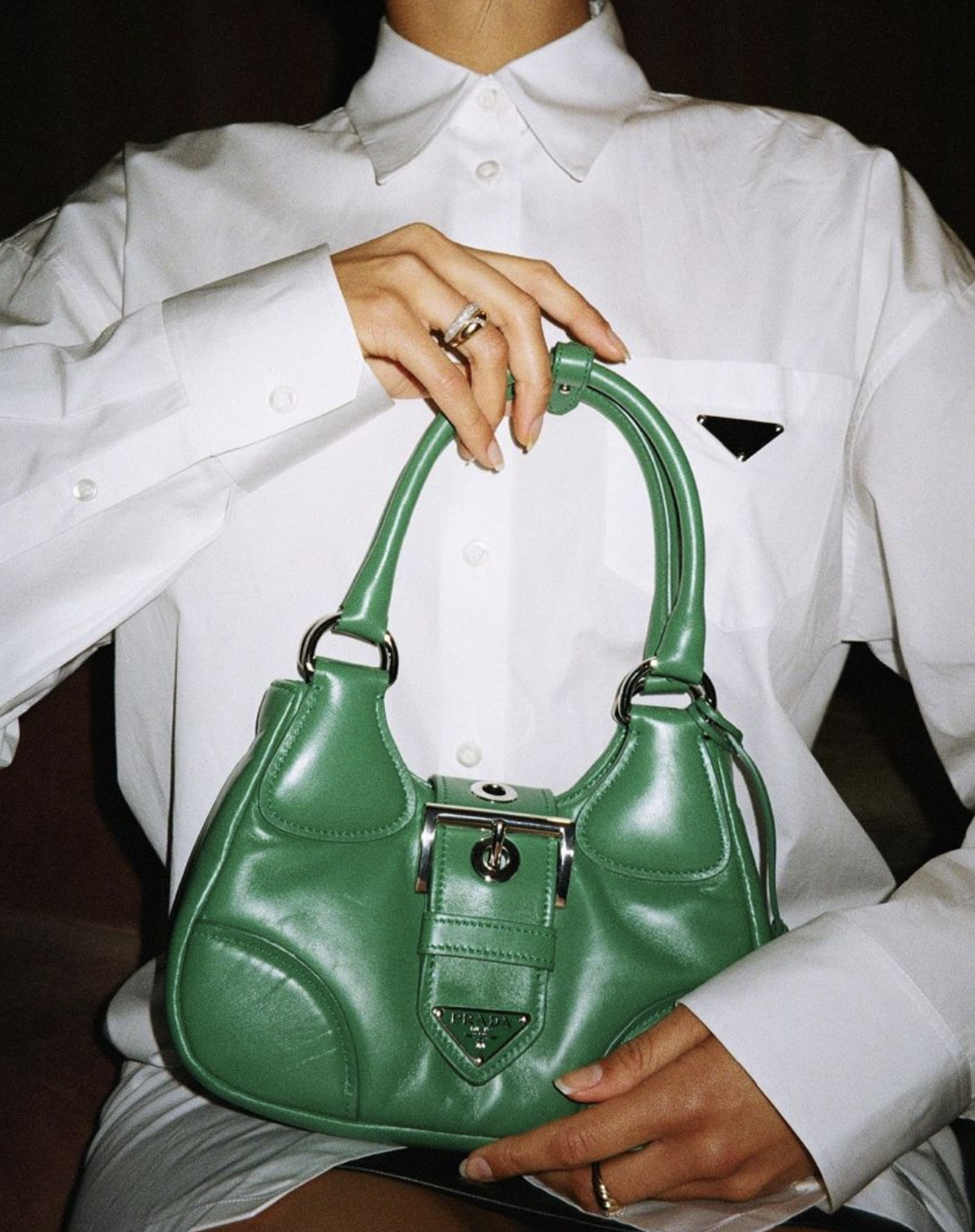Previously recognized for its sunny shores and lively vacation spots, the island of Mallorca in Spain is undergoing a subtle change. Away from the popular tourist routes, there is an increasing appreciation for traditional craftsmanship, which is being highlighted as a new cultural focal point. By reviving ancient methods, artisans are reshaping Mallorca’s image through ceramics, basketry, textile creation, and leather crafting.
This revival is more than just about looks—it signifies a wider change in principles. As large-scale tourism transforms, both residents and tourists are increasingly focusing on genuine experiences, eco-friendliness, and tradition. In Mallorca, this involves dedicating efforts to the craftsmanship and respecting the history of the island’s artisans.
The artisanal tradition of Mallorca reaches back hundreds of years, integrating elements from Arab, Roman, and Mediterranean influences into the island’s creative essence. Examples of this age-old craft include ceramics decorated with geometric designs, classic “llata” baskets made from palm leaves, and colorful woven fabrics called “llengües”.
For many years, these artisanal crafts were used for practical needs—such as baskets for gathering olives, clay jars for storing food, and textiles for everyday use at home. Although the rise of industry and global trade posed a risk to these traditional practices, there has been a growing recognition in recent times of the artistic and cultural significance they embody.
Throughout the island, studios, workshops, and cooperatives are becoming more prominent, attracting both residents and travelers who desire deeper interactions with the locations they explore. In towns such as Sóller, Deià, and Pollença, craftsmen are merging age-old techniques with modern styles to produce items that are firmly anchored in tradition while remaining pertinent to the current era.
Take, for example, the resurgence of ceramic studios that honor ancient Mallorcan designs while incorporating modern techniques and color palettes. Artists are increasingly collaborating with designers, restaurateurs, and even architects to produce bespoke pieces that reflect Mallorca’s heritage with a fresh perspective.
Textile workshops are also reclaiming the spotlight. The “ikat” technique, used to create the island’s iconic flame-patterned fabrics, has found a new generation of admirers. These textiles, once seen primarily in rustic interiors, are now featured in boutique hotels, fashion collections, and design stores that value craftsmanship over mass production.
Mallorca’s revival of traditional craft speaks to a larger global trend: the desire for cultural preservation and environmental responsibility. Consumers are increasingly seeking goods with traceable origins, minimal ecological footprints, and human stories behind them. Handmade objects inherently carry these qualities—they embody patience, skill, and often a deep connection to the land and its history.
For Mallorca, this movement is also about reclaiming agency. In a region where tourism has historically dominated the economy, prioritizing craft allows for diversification and a more resilient local economy. Artisans not only preserve the past—they shape the island’s future by offering an alternative to disposable consumer culture.
This becomes especially clear in the expansion of markets and events that highlight local creators. Craft fairs, studio open days, and cultural celebrations are turning into major highlights on the island’s schedule, providing artists with an opportunity to present their creations and interact directly with the public.
As tourists become more selective, there’s a trend of shifting from all-inclusive resorts to engaging, local experiences. Tourism focused on craft is a component of this movement. Travelers desire to gain insight into the destinations they explore—how these places are constructed, the narratives they convey, and the individuals responsible for them. Craft provides a concrete method to achieve this understanding.
Tour companies, accommodations, and local governments are adopting this trend by incorporating craft workshops into their services. Visitors have the chance to learn how to weave a basket, shape a clay bowl, or use natural pigments for dyeing fabrics, leaving with a souvenir and a richer insight into the island’s traditions.
Certain boutique hotels collaborate directly with local craftsmen to decorate their interiors, designing spaces where each item has its own narrative. Meanwhile, others request bespoke items or present curated selections of handmade goods available for guests to buy, supporting the local economy and encouraging responsible tourism.
The safeguarding of Mallorca’s artisanal customs relies heavily on educational efforts. Fortunately, more resources are being allocated by schools and cultural centers toward the instruction of age-old methods. Child-focused workshops, internships for the younger population, and partnerships between higher education institutions and craftsmen all contribute to the continuation of these techniques.
Simultaneously, creativity is crucial in maintaining the vitality and significance of craftsmanship. Online platforms and digital tools enable artisans to connect with a broader audience, establish their own brands, and convey their narratives effectively. Certain creators are integrating contemporary materials, eco-friendly methods, or experimental designs into their work, ensuring it remains lively and versatile.
This delicate balance between honoring tradition and embracing the future is what makes Mallorca’s craft revival so compelling. It’s not about nostalgia—it’s about resilience, reinvention, and pride.
What is occurring in Mallorca is beyond a mere trend—it’s a revival of culture. By focusing on artisanal skills as a key part of its identity, the island is opting to honor its heritage, strengthen its communities, and welcome travelers to engage in a more deliberate, fulfilling, and leisurely lifestyle.
Esta transformación está redefiniendo no solo la percepción externa de Mallorca, sino también su autoimagen. A medida que los artesanos se convierten en figuras principales, no solo están conservando el pasado, sino que también están contribuyendo a forjar un futuro más sostenible y lleno de alma para la isla.



